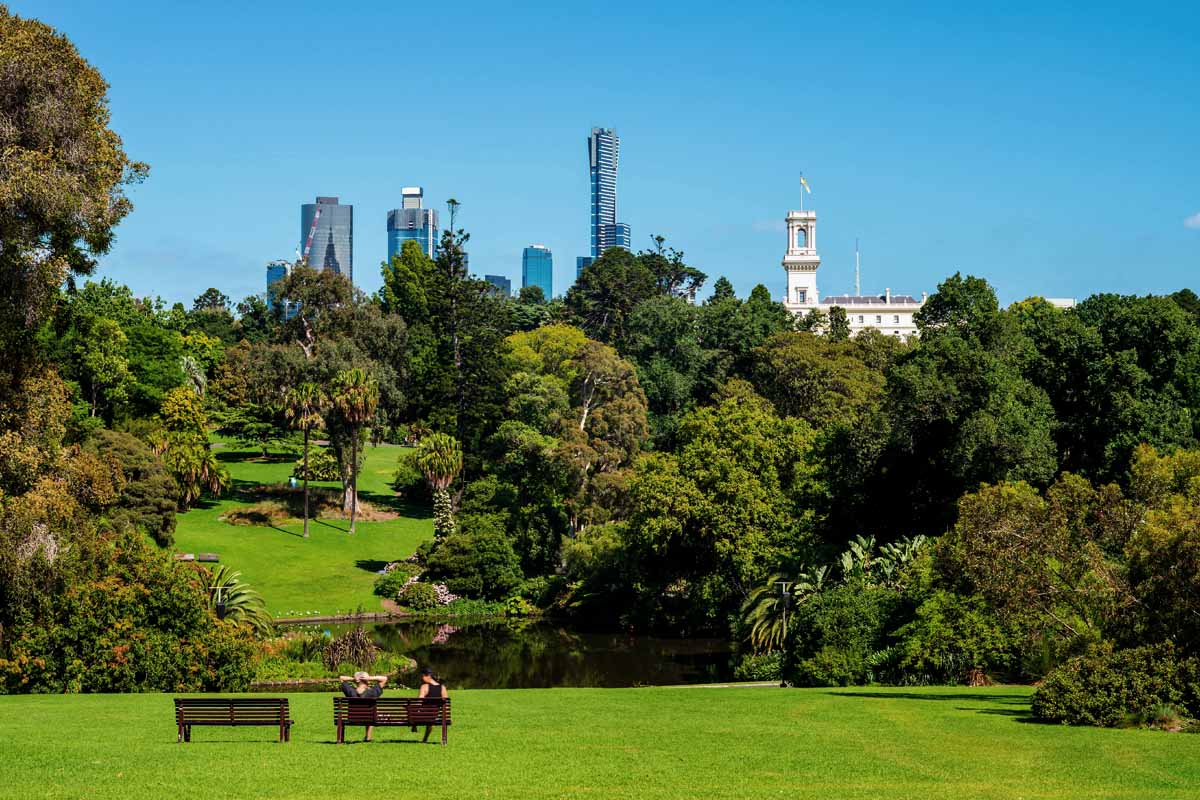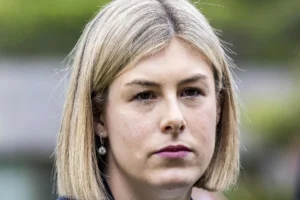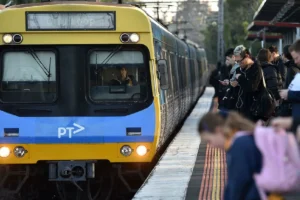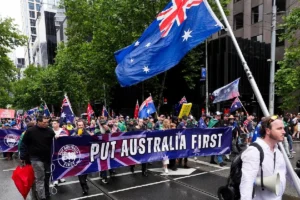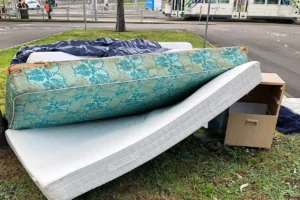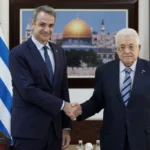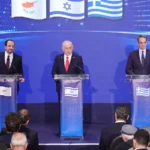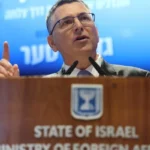The upcoming budget plans for the City of Melbourne’s transformative budget to convert concrete areas into new parks for its growing population include parks and public squares to accommodate the growing population. With a proposed investment of $29.5 million in open space, the council aims to establish nine new parks and open spaces throughout the municipality.
One significant project under consideration is the expansion of Normanby Road Reserve in Southbank, potentially adding up to 1.2 hectares of green space. This expansion, subject to approval at the upcoming Council meeting, signifies a commitment to enhancing recreational opportunities within the densely populated residential neighborhood of Southbank.
The proposed $22.5 million project for Normanby Road Reserve is expected to offer a plethora of amenities catering to various community needs. These amenities include spaces for leisure activities, lawns for recreation, picnicking areas, and venues for communal gatherings. Furthermore, the park will boast extensive plantings and innovative water management features, enriching the urban landscape and promoting sustainability.
In addition to the Southbank initiatives, the City of Melbourne is embarking on various other endeavors to increase green space and enhance urban livability. These efforts include projects such as the development of the Australian Centre of Contemporary Art forecourt, upgrades to Miles and Dodds Street Reserve, and the proposed Northern Undercroft, which seeks to repurpose a 5,000 m2 area into versatile public spaces and gardens.
Moreover, the forthcoming introduction of Southbank Boulevard Reserves and the Bedford Street Pocket Park in North Melbourne exemplifies the council’s commitment to expanding recreational opportunities across different communities.
To ensure the preservation and upkeep of existing parks and gardens, the draft budget allocates $30 million for maintenance activities and earmarks an additional $1.7 million for tree planting initiatives. Furthermore, the city’s commitment to environmental sustainability is highlighted through projects like the Greenline Project, aimed at creating interconnected green spaces spanning 4 km from Birrarung Marr to the Bolte Bridge.
With a focus on enhancing the city’s green infrastructure, the Urban Forest Strategy aims to achieve a 40% canopy cover by 2040. To support this goal, the council plans to invest $3.9 million in greening projects across various areas, including the Swanston Street Triangle and Chapman Street Reserve.
Encouraging private sector involvement in greening efforts, the council has allocated $300,000 to the Urban Forest Fund, which provides matching funds for greening initiatives. Additionally, investments in Retrofit Melbourne underscore the city’s commitment to reducing carbon emissions and promoting sustainable development.
Lord Mayor Sally Capp emphasized the importance of these initiatives in meeting the evolving needs of Melbourne’s residents. She highlighted the significance of increasing green spaces to enhance environmental sustainability, biodiversity, and overall quality of life in the city.
The draft budget for 2024–25 will be unveiled on May 14th, with opportunities for public feedback until June 3rd. This budget reflects the council’s dedication to fulfilling its promises to the community and ensuring equitable access to green spaces for all residents.


